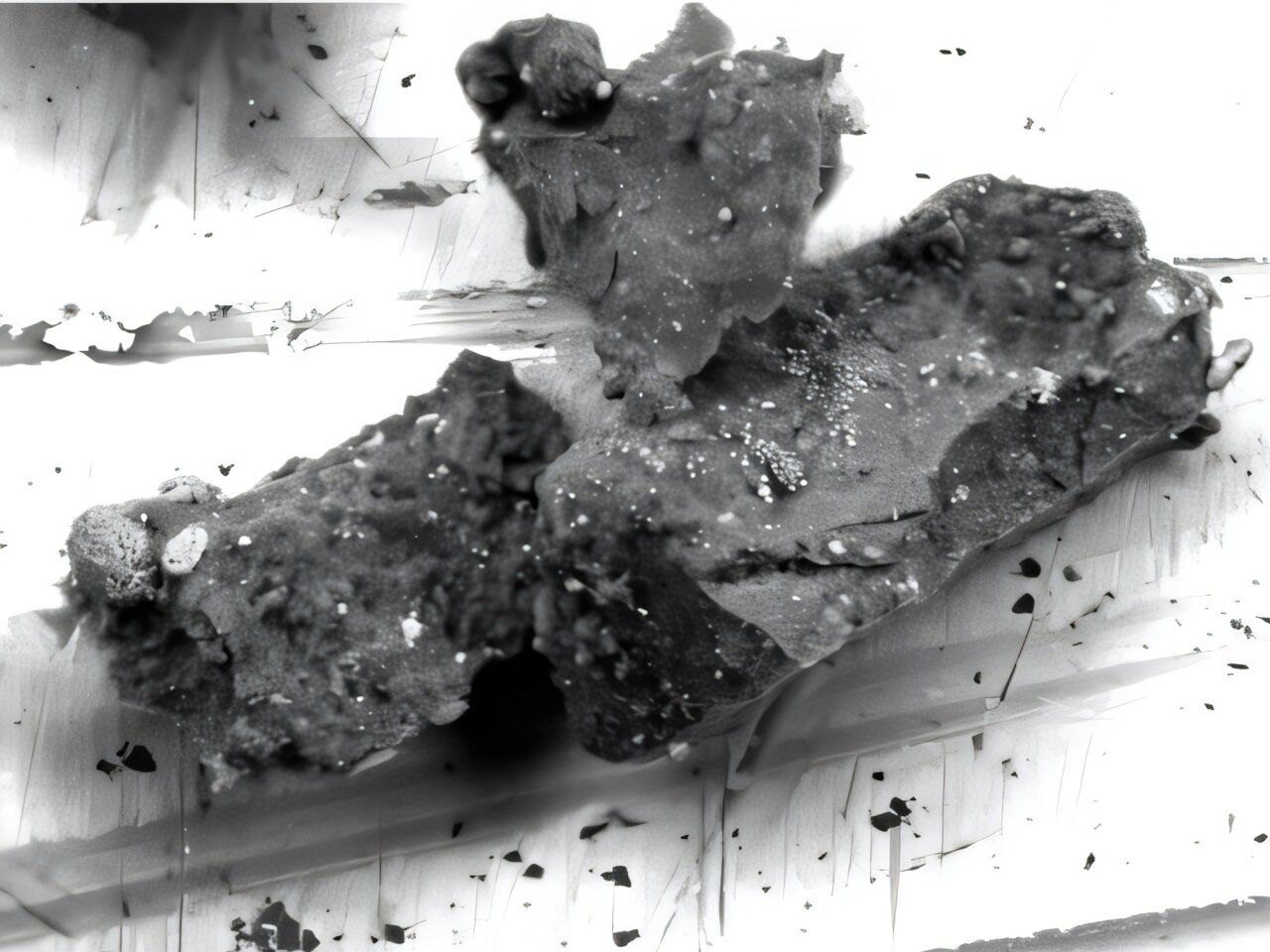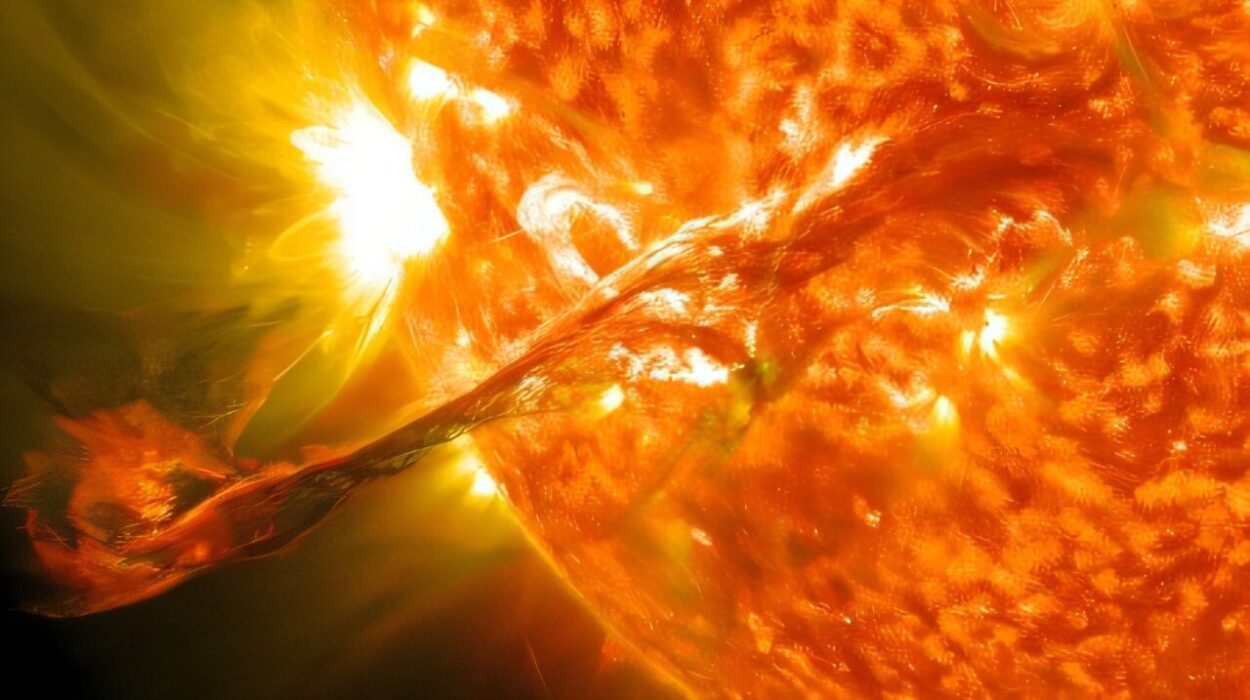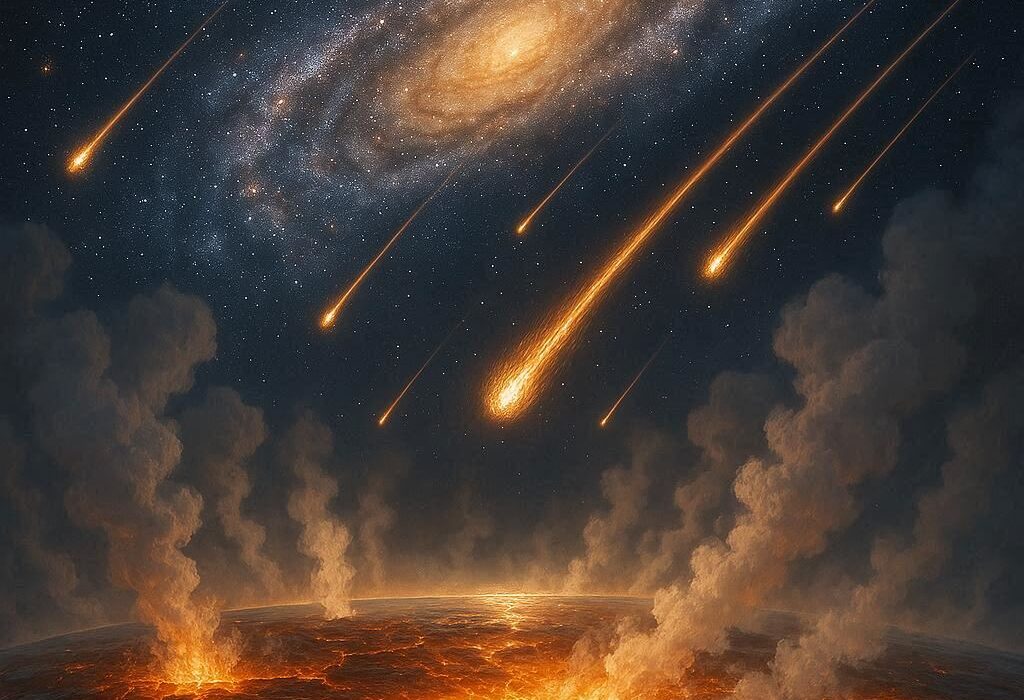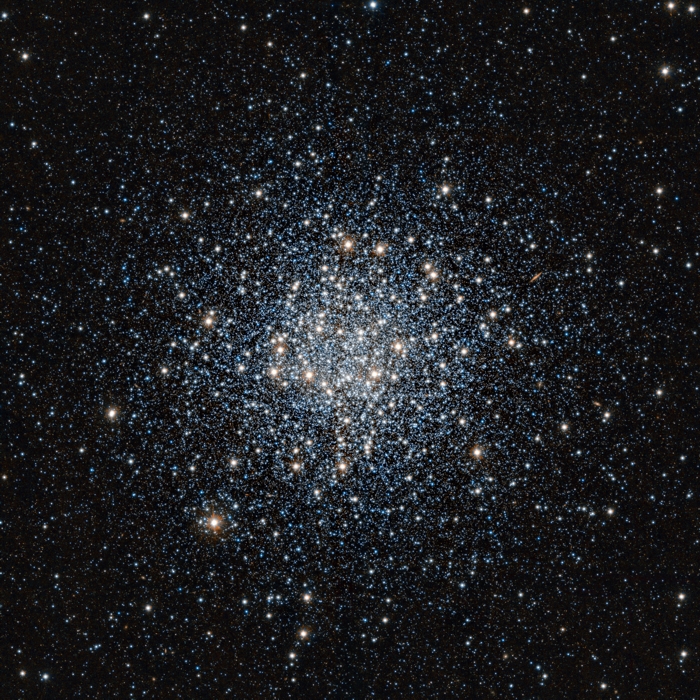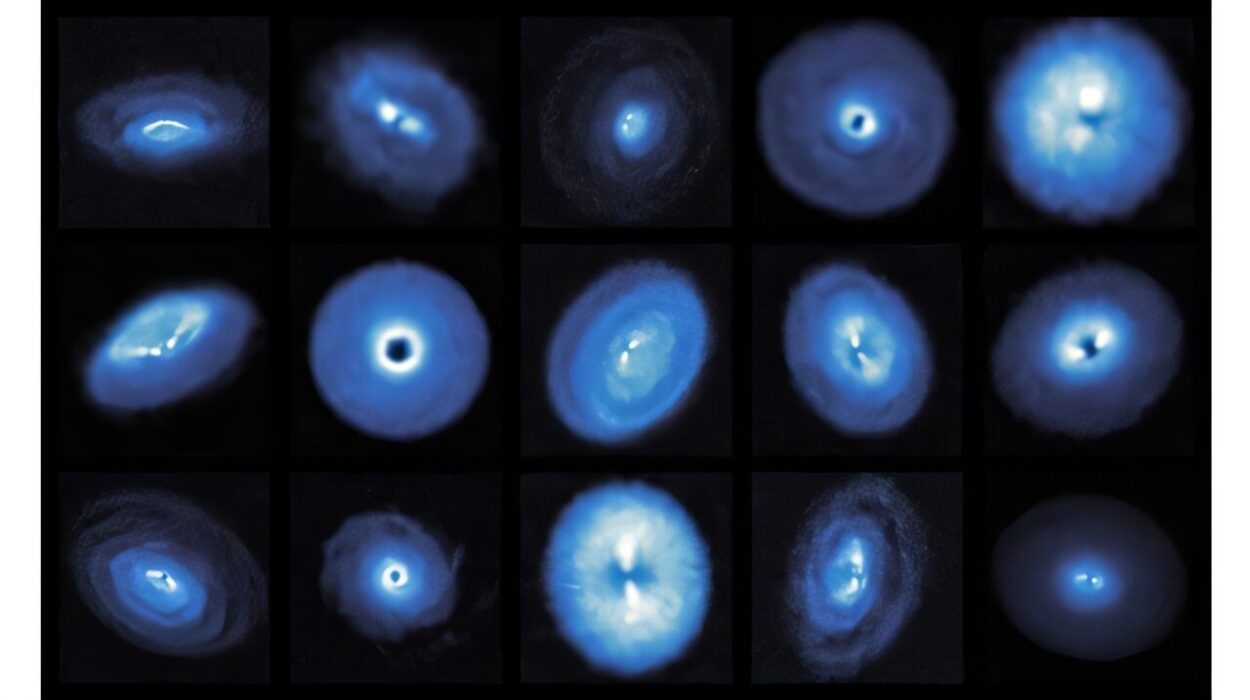When Japan’s Hayabusa2 spacecraft returned to Earth in December 2020 carrying precious grains of asteroid Ryugu, it brought back more than just dust and rock—it carried the whispers of a time when the solar system was young, chaotic, and full of secrets. Now, nearly five years later, those whispers have turned into revelations, as scientists have uncovered something wholly unexpected buried within one of those ancient grains: a rare mineral called djerfisherite, one that by all accounts should never have been there.
The finding, led by a research team at Hiroshima University and published in Meteoritics & Planetary Science, has stunned planetary scientists. Djerfisherite, a potassium-rich iron-nickel sulfide, typically forms in hot, oxygen-poor environments like those found deep inside certain types of meteorites known as enstatite chondrites. But Ryugu? Ryugu is cold, dark, and watery—born in the icy outskirts of the early solar system. It is not the kind of place where djerfisherite should form. And yet, there it was, nestled inside Grain 15 of Sample Plate C0105-042.
“It’s like finding a tropical seed frozen inside Arctic ice,” said Dr. Masaaki Miyahara, the study’s lead author and associate professor at Hiroshima University’s Graduate School of Advanced Science and Engineering. “Its presence forces us to rethink how material moved and mixed in the early solar system.”
From Space Dust to Stardust Stories
To understand the significance of this discovery, you need to grasp what Ryugu is and why scientists are so obsessed with it. Ryugu is a C-type asteroid, composed of carbon-rich, primitive material that has barely changed since the solar system’s formation over 4.5 billion years ago. These kinds of asteroids act like time capsules, preserving the earliest chemistry that shaped planets, moons, and maybe even life itself.
Ryugu is also thought to be a fragment of a much larger parent body that formed between 1.8 to 2.9 million years after the solar system’s birth. Located far from the Sun, this parent body formed in a zone rich in ices—of water, carbon dioxide, and possibly other volatile compounds. As radioactive elements decayed in its interior, the resulting heat likely melted the surrounding ice, creating liquid water that altered the minerals in the rock over time—a process known as aqueous alteration. The highest temperature Ryugu is believed to have experienced? About 50°C, barely warm enough to steep tea, and certainly not hot enough to form djerfisherite.
Which makes its presence something of a cosmic puzzle.
A Microscopic Revelation
The Hiroshima team wasn’t even looking for djerfisherite when they found it. They had been studying Ryugu’s grains to examine terrestrial weathering—how the sample might have changed after being exposed to Earth’s environment. Using high-resolution field-emission transmission electron microscopy (FE-TEM), they peered into the very crystal structure of the material.
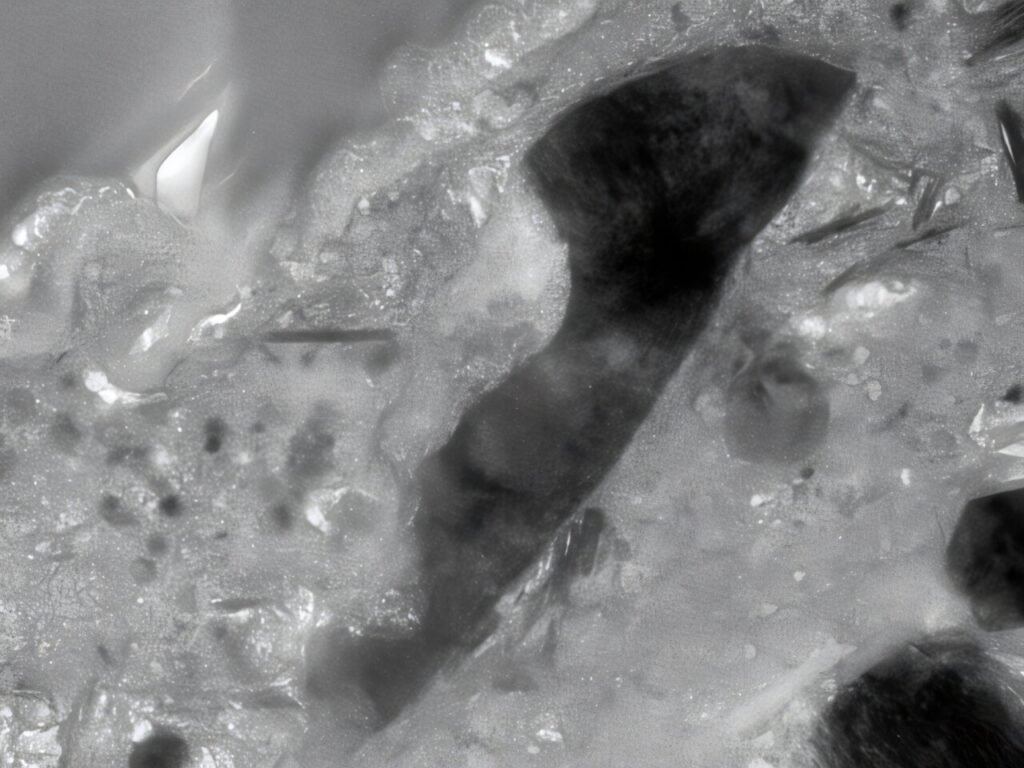
That’s when they found it—a clear, well-formed grain of djerfisherite, hiding in the sample like a fossilized whisper from another world.
“We were stunned,” Miyahara admitted. “This mineral had no business being there. Its formation requires either a completely different set of conditions than Ryugu is believed to have ever experienced—or it came from somewhere else entirely.”
How Did It Get There?
To make sense of the mystery, the researchers proposed two main hypotheses. The first is the “visitor theory”—that djerfisherite didn’t originate within Ryugu at all, but was instead delivered from elsewhere during its formation. Perhaps a high-temperature fragment from a very different environment—like that of enstatite chondrites—collided with or mixed into Ryugu’s parent body during the chaotic early days of the solar system.
The second hypothesis is more provocative: that Ryugu—or at least part of it—once experienced far higher temperatures than previously believed, perhaps exceeding 350°C. That kind of heat could, under the right conditions, allow djerfisherite to form in situ through chemical reactions between potassium-rich fluids and iron-nickel sulfides.
Right now, the evidence leans toward the second possibility. The team is planning to conduct isotopic analysis of this and other grains to verify whether the djerfisherite shares a chemical fingerprint with Ryugu or came from an alien source.
A Window into the Solar System’s Chaotic Youth
What this discovery underscores is just how messy and dynamic the birth of our solar system really was. It wasn’t a tidy, clockwork unfolding of neatly ordered planets and moons. It was a wild, violent adolescence filled with crashing rocks, migrating worlds, and enormous transfers of heat and energy.
“Ryugu was supposed to be a quiet, cold remnant of the solar system’s edge,” Miyahara said. “Instead, it’s revealing a much more complex story—one in which materials with radically different histories collided and merged in ways we’re only beginning to understand.”
That story matters. Understanding how materials like djerfisherite ended up in unexpected places could help scientists trace the movements of heat, water, and organic molecules in the early solar system—clues that are vital for unraveling how planets formed and, perhaps, how life began.
Looking Forward, Looking Back
As the scientific world digests the implications of this finding, more work lies ahead. Researchers plan to dig deeper into the Ryugu samples, examine more grains, and perform detailed isotopic and structural analyses. There is hope that other unexpected minerals may be hiding in plain sight—waiting to be found, each one a new sentence in the autobiography of the solar system.
The Hayabusa2 mission was always about more than just rocks. It was about origins, about touching the untouched, about bringing home pieces of a world that has never seen Earth before. And now, those pieces are talking.
In the grain of an ancient asteroid, forged in the quiet outskirts of the Sun’s kingdom, lies a mineral that doesn’t belong—and in its mystery, a story of fire, ice, and celestial collision unfolds.
The universe, it seems, still has plenty of secrets to tell. We just have to keep listening.
Reference: Masaaki Miyahara et al, Djerfisherite in a Ryugu grain: A clue to localized heterogeneous conditions or material mixing in the early solar system, Meteoritics & Planetary Science (2025). DOI: 10.1111/maps.14370
